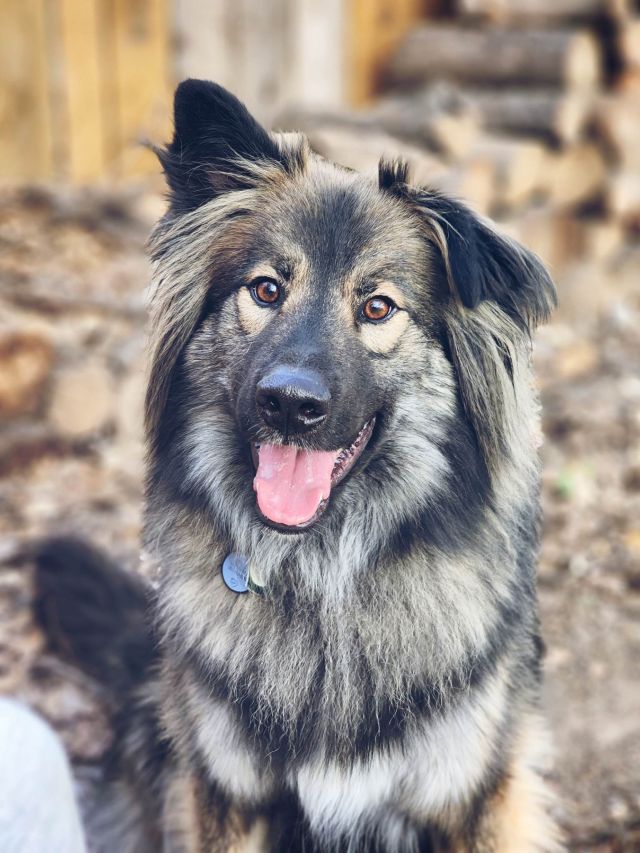Summer 2013
Reinforcements: A Fancy Term for Anything Good
(For ease of explanation, I will be using male gender pronouns when describing “your” dog)
Let’s talk about “good things,” shall we? Hmmm … good things for me? The sound of rain, gift certificates, popcorn, and heated neck wraps. How about for you? And now, how about for your dog? My dog finds leg rubs, belly tickles, playing fetch, chasing the cat, oh, and popcorn (wonder why!) to be good things.
Dogs love reinforcements. They learn from them, whether we intend for them to or not. For instance, a dog jumps on a person’s leg and the result is him getting petted. Dog learns that jumping on person gets him a “good thing.” Reinforcements can work the other way in training, too, of course. I say “sit”, dog sits, and he gets a piece of chicken. So, dog learns that a good thing comes when he puts his bottom to the ground upon hearing the sound “s-i-t.”
Sometimes, what we think would be a good thing to a dog is not necessarily so. Our job, then, is to discover what our dog really likes. That knowledge can help us bond with him and effectively train him, but it can also enlighten us as to why he does the things he does, especially those behaviors that are not so desirable.
Obvious “good things” for a dog would be food and toys. What else would make a dog feel like he just scored? How about getting to ride in the car? Or go on a walk? Or jump in a stream? Or go sniff another dog? Or get on the couch? Take some time to really observe what your dog likes to do or to get. If they are things that you are happy to provide for him, then use any of them to train your dog or at least request desired behaviors from him.
For example, your dog LOVES to go for walks but jumps all over you when you are trying to leash him up. Use the eventual reward of going on a walk to teach him to hold still while you put the leash on. Begin by leaning over to attach the leash. When he jumps up, stand up and refuse to put on the leash. When his stops jumping, bend over to leash again. Continue the process (and he might learn quickly or he might take quite some time) until he figures out that the quickest way for him to get to go on the walk is to stand still while the leash goes on.
You can also use your observations about what your dog thinks is good in the reverse way. Going back to our example about a dog who jumps on a person and gets petted. You might be frustrated by his behavior but not know how to stop it. Observe what the dog is getting out of the bad behavior. In this case, he gets petted or touched. So, the easiest way to stop the behavior is to take away what he finds rewarding or “reinforcing” and only give it to him when he is doing what you would prefer he do.
One important note: If at any time, your dog gets his “good thing” when you do not intend it, he will remember that and try for the good thing again. If you pet him once when he jumps up on you, after you have broken his habit of thinking that he gets petted for jumping, you might find that you are back to square one. At any rate, take some time to watch your dog. When and how does he find joy? You might just learn something new about him, which will at the very least strengthen your ability to communicate with him.
Remember to have fun with it! Dog’s love learning new things and they are excited by the things they DO know!
Content Copyrighted 2013. Tracey Derheim. All Rights Reserved.

